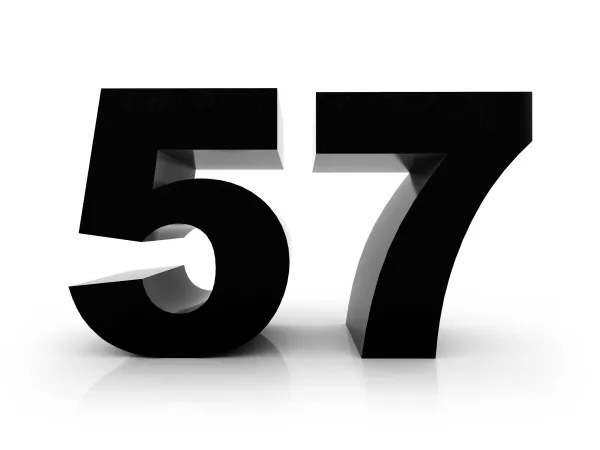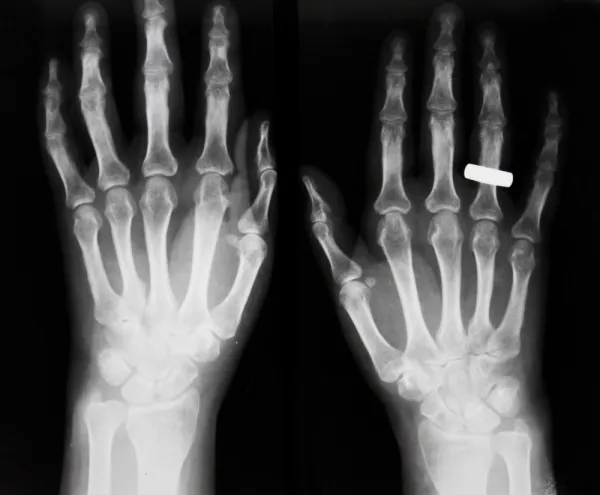Recoup Unrelated E/M Pay with 24

Know surgical periods for services before considering modifier. How to use modifier 24 is one of those questions that many coders don't ask, because they don't get the chance to use it very often. If you don't know proper application of modifier 24, however, you could be in hot water. Why? When the provider performs a separate evaluation and management (E/M) service during the global period of a surgery, you'll need to use modifier 24 (Unrelated evaluation and management service by the same physician or other qualified health care professional during a postoperative period) to ensure proper coding. Check out this FAQ on modifier 24 to get all the info you'll need to submit successful postop E/M claims. Q: In which situations would a coder need to use modifier 24? A: Sometimes you need to tell a payer that an encounter is for something other than a follow-up for a procedure, but the E/M occurred within the surgery's global period. "Modifier 24 will be the modifier to do that," explains Leslie Johnson, CPC, coding consultant in Flagler Beach, Florida. Here are more modifier 24 details, from Donelle Holle, RN, President of Peds Coding Inc., and a healthcare, coding, and reimbursement consultant in Fort Wayne, Indiana: "Modifier 24 tells the payer that the E/M is not related to the surgery, and should not be bundled in the global period. Occasionally, even though their provider may not have done the procedure, you can get services bundled due to a global period from a procedure that you don't even know happened," warns Holle. To preemptively combat this potential issue, Holle recommends that coders carefully review a patient's record to ensure that there is not a procedure with a postop period before coding an E/M visit. When coders see that there is a global period for another surgery in effect, "they need to calculate the global period to be certain when to apply the 24 modifier," explains Holle. Q: Is modifier 24 for any unrelated E/M during the postop global period (hospital, office, etc.)? A: Yes, says Johnson. "There are a lot of [unrelated] events that can happen, causing a patient to return to their physician during the global period. "The only way to tell the insurance company that the E/M is not for any related follow-up care for a procedure with a global period is to put modifier 24 onto the E/M," continues Johnson. Remember, these modifier 24 rules only hold when you are coding for the performing surgeon, "or the same surgical practice by whom the surgery was originally performed. And, the documentation clearly illustrates the need for the visit being unrelated to the surgical condition," explains Suzan Hauptman, MPM, CPC, CEMC, CEDC, AAPC Fellow, senior principal of ACE Med in Pittsburgh. Q: Is Modifier 24 for Procedure Codes, too? A: No, says Sarah L. Goodman, MBA, CHCAF, COC, CCP, FCS, president and CEO of SLG, Inc. in Raleigh, North Carolina. You'll append modifier 24 to an E/M code; "not a procedure code - to indicate that an unrelated E/M service was provided by the same physician, including physicians in the same specialty group practice, during a postoperative period," Goodman explains. So, you need to make sure that you include other "same-specialty physicians" in the definition of "same physician," says Mary I. Falbo, MBA, CPC, CEO of Millennium Healthcare Consulting Inc. in Lansdale, Pennsylvania. "That is, if a [provider] is covering postop patients for her partner, the covering [provider] is considered the same physician and does not bill for it. Remember, modifier 24 is used for an unrelated E/M service." Q: Is it possible for a service to start out as postop care, and then turn into an E/M-24? A: "Absolutely," says Hauptman. Whenever the physician evaluated the patient postop, and the patient has a new complaint, this could be "carved out" as a billable service with the new diagnosis, provided the service meets all the proper E/M components. The diagnosis related to the surgery would not be reported on a claim with modifier 24, Hauptman explains.




